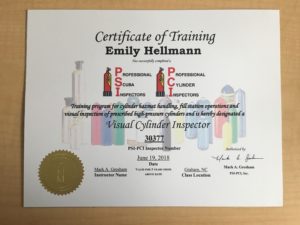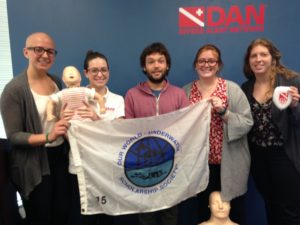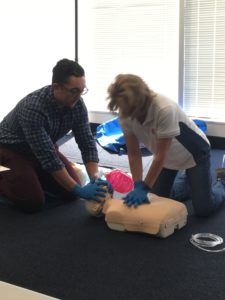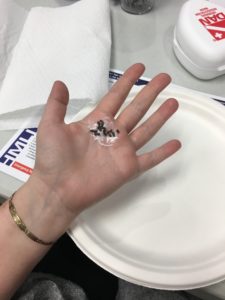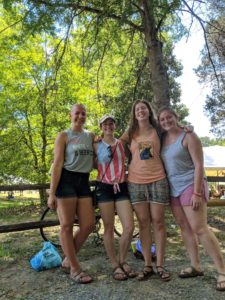 After 2½ months of living the dream, I have to say goodbye to lovely Durham this week. This summer was definitely not enough time to accomplish everything — I would need about a year to finish the multiple dive safety programs and test them out. That being said, I did accomplish quite a bit in this short time, from “saving” the online seminars to starting a module for DAN First-Aid instructors looking at effective teaching practices. It was a hard-working summer that I wouldn’t change for the world.
After 2½ months of living the dream, I have to say goodbye to lovely Durham this week. This summer was definitely not enough time to accomplish everything — I would need about a year to finish the multiple dive safety programs and test them out. That being said, I did accomplish quite a bit in this short time, from “saving” the online seminars to starting a module for DAN First-Aid instructors looking at effective teaching practices. It was a hard-working summer that I wouldn’t change for the world.
As I am packing, I have been reflecting on this wonderful experience, full of new people and opportunities. From the other interns in Research to the people who make up DAN, everyone has been a pleasure to meet. I am so blessed to have been able to see first-hand how this company functions.
I would really love to thank DAN, for sponsoring this internship and allowing me to be in this environment; Patty, for being an amazing mentor and teacher these months; and lastly to the Our World-Underwater Scholarship Society for creating this internship with DAN.
This summer was a once-in-a-lifetime opportunity, and I am so happy that I was able to experience it.
Now I am on to my next adventure: senior year at Old Dominion University!


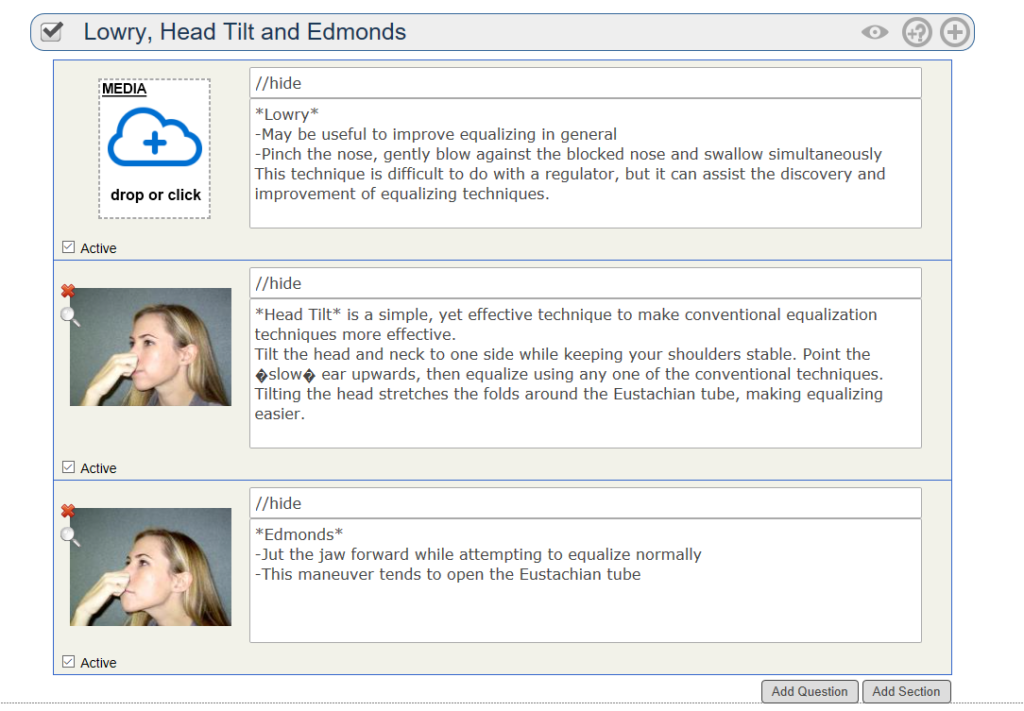
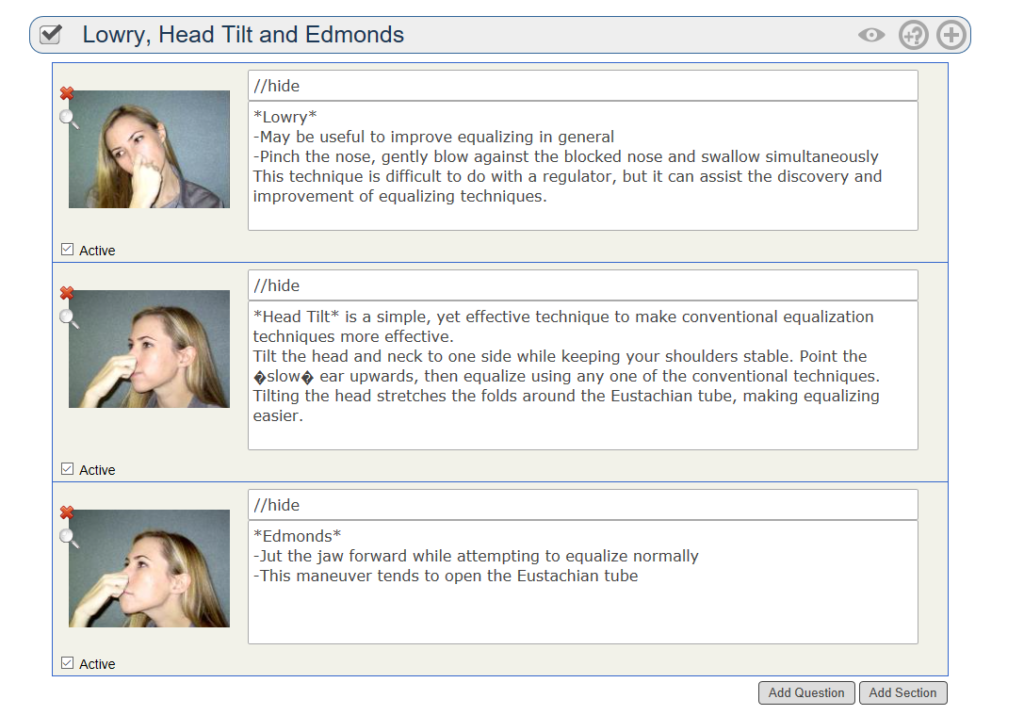
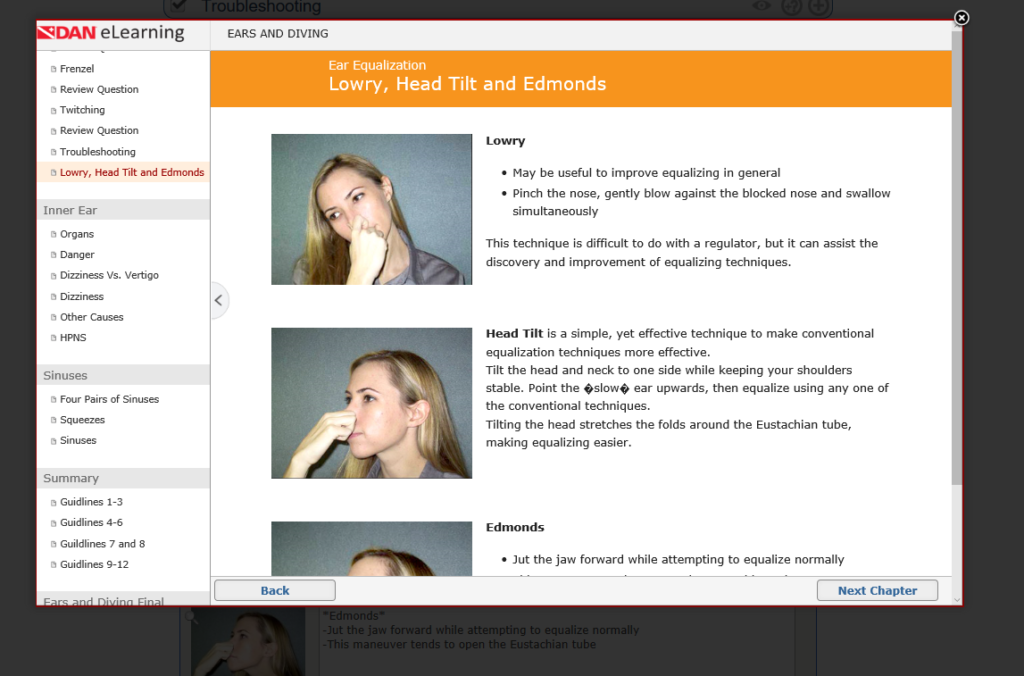
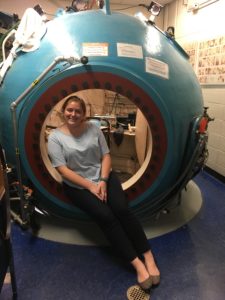 Last week was one memorable week here at DAN! I nicknamed it “field-trip” week since most of the week was spent going to different places and experiencing new things. The three places we visited were SAS, Luxfer Gas Cylinders and the Center for Hyperbaric Medicine and Environmental Physiology (also known as the Duke hyperbaric chambers).
Last week was one memorable week here at DAN! I nicknamed it “field-trip” week since most of the week was spent going to different places and experiencing new things. The three places we visited were SAS, Luxfer Gas Cylinders and the Center for Hyperbaric Medicine and Environmental Physiology (also known as the Duke hyperbaric chambers).